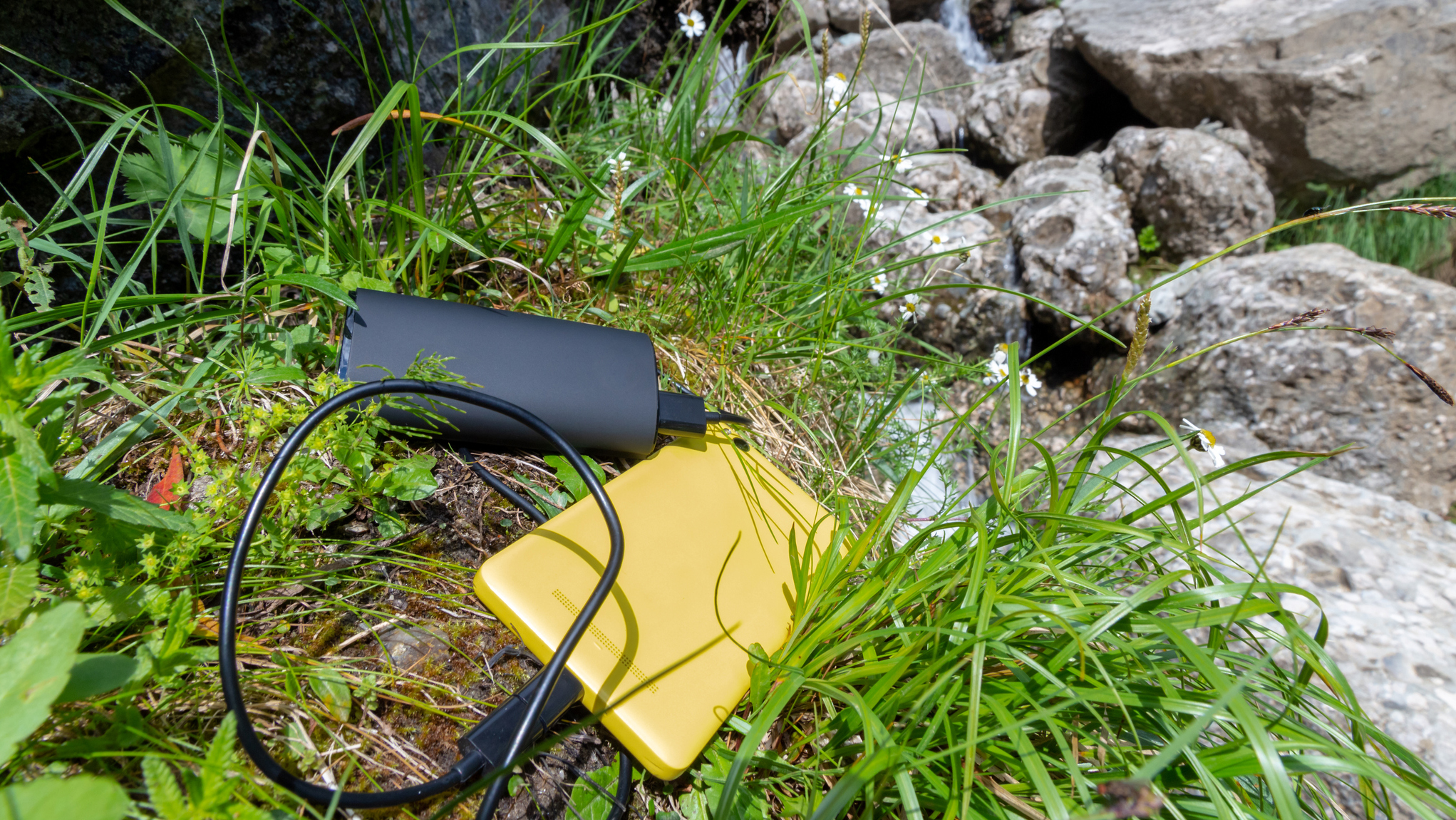
The romantic notion of off-grid adventure is hugely appealing to so many of us. Escaping the often-overwhelming buzz of modern life for the simplicity and serenity of the backcountry trails is wonderfully restorative. The great outdoors has an intangible power to ground us, put us in the moment and allow us to get back to nature.
Nevertheless, there are few people among us who’d venture out into the wild completely untethered from civilisation. If “off-grid” is taken to its extreme, it means no electricity. No electricity equals no communication with our loved ones, no convenient light source, no digital navigation tools and no means of taking photographs.
This is why, particularly for longer adventures, carrying a portable power bank is essential, both in terms of your own safety and overall enjoyment. From keeping your smartphone or Garmin juiced up to ensuring your headlamp has plenty of run time for after dark adventures, a power bank provides a handy safety net and should mean your gadgets never run out of juice.
So, here are our 5 reasons you need a power bank when venturing out into the backcountry.
Meet the expert
What is a power bank?
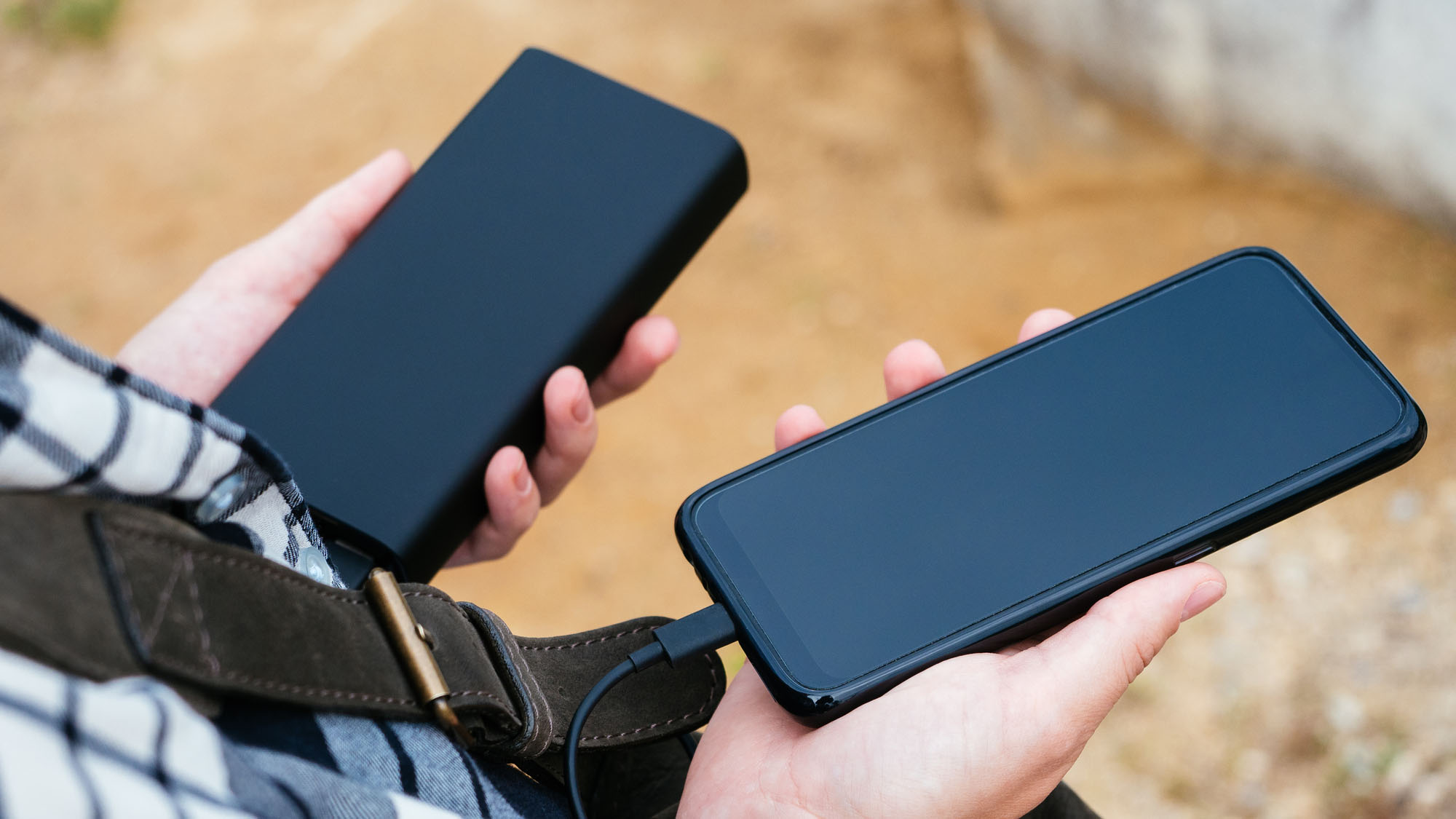
Power banks are small, portable charging units that store electrical energy. Their lithium-ion batteries are rechargeable and will store charge for many days. When connected to another electronic device, usually via USB, it transfers its energy, breathing new life into your gadgets, while draining its own. The amount of charge a power bank can hold varies from model to model. Generally, a small, lightweight unit will store less energy than a bulkier “brick”, however, the latter should be able to fully charge your devices several times over.
Don’t forget to fully charge your power bank before an adventure. There are usually LED indicator lights that display how much juice remains in the bank. Some modern power banks also boast solar panels, which capture additional, clean energy from the sun.
1. Ability to stay in contact
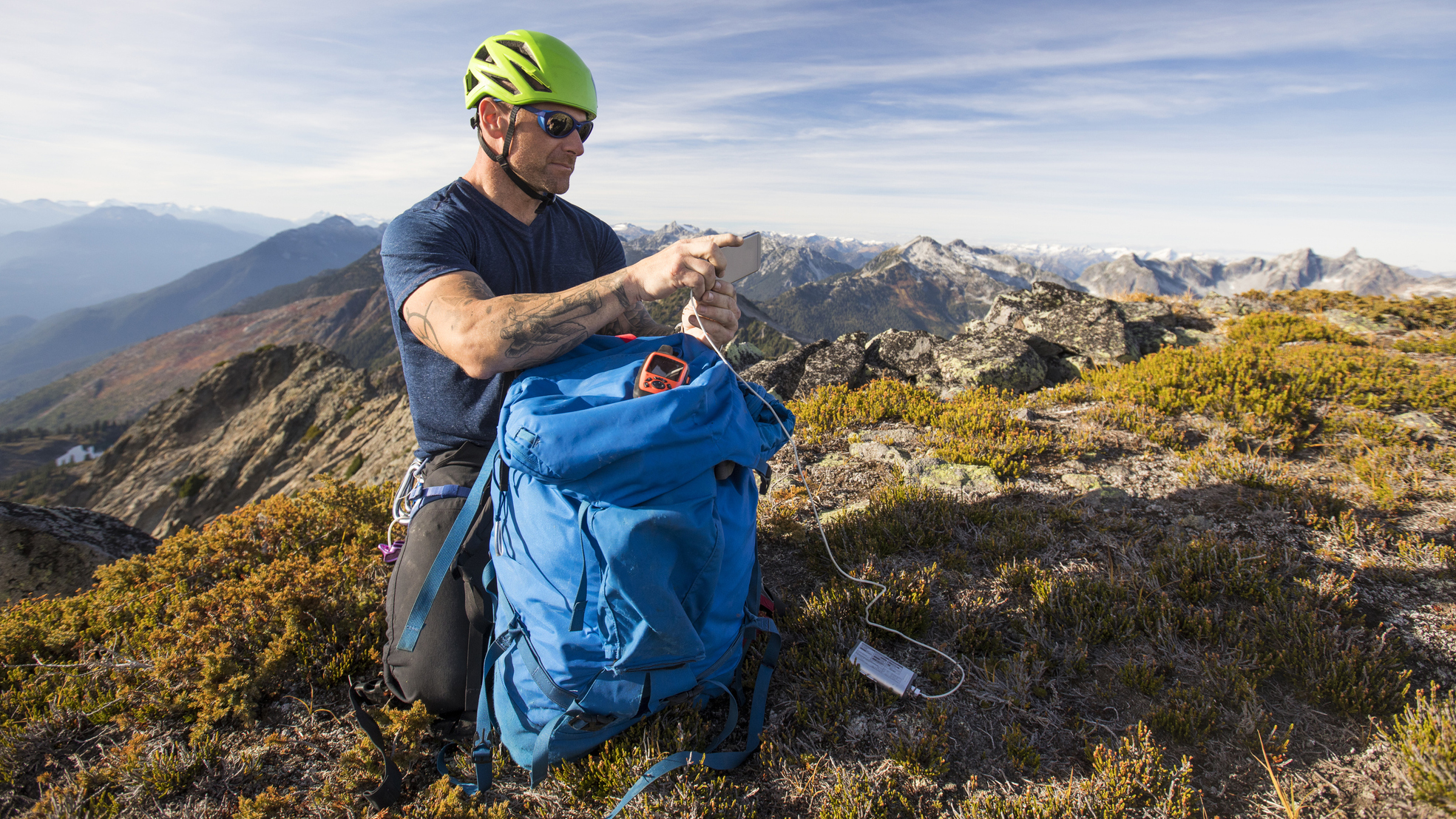
Some of us who are old enough will remember when a mobile phone was the size of a water bottle, had an extendable antenna and the only thing you could do with it was make calls. Despite the myriad applications of modern smartphones, the ability make calls or send text messages is still fundamental. On a backcountry expedition, this functionality is useful for keeping friends and family in the loop, while it's absolutely crucial in an emergency.
A power bank allows you to keep your phone’s charge topped up, which you’ll be more than glad of if you end up in a dangerous situation and you need to call mountain rescue. Of course, there are other ways to call for help, but none are as effective as the ability to describe your situation to the relevant services.
Those on serious expeditions may carry a satellite messenger, which usually boast battery life way beyond the average smartphone. However, even these need charged from time to time.
2. Digital navigation
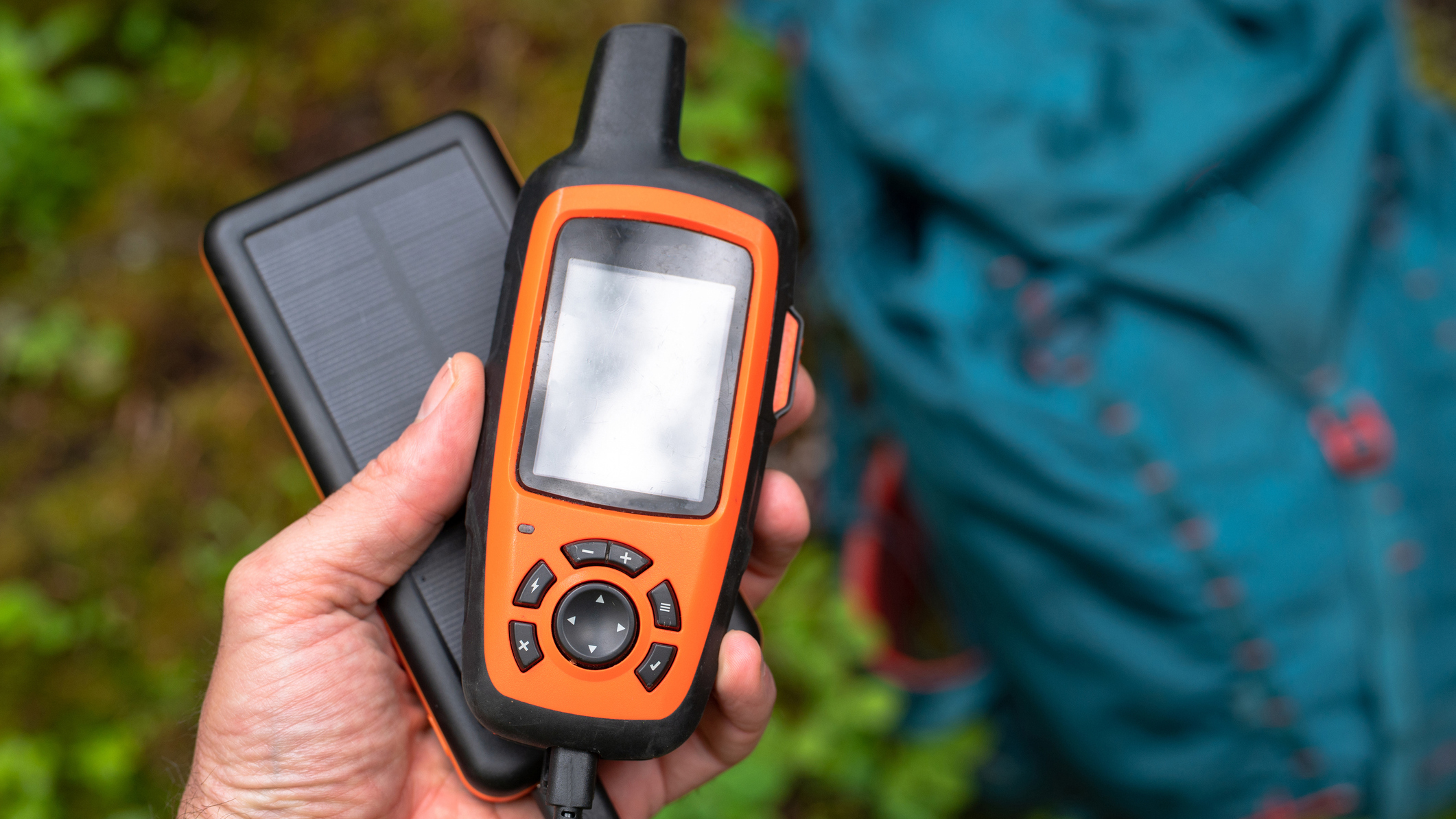
The debate around the use of map and compass vs digital navigation has been going on ever since the advent of GPS. Those in favor of the traditional approach often argue that compasses and maps are more reliable as they don’t depend on electricity. They’d also point out that learning the skills to use them properly enhances the backcountry nous of the user.
There’s plenty of truth in this, though surely having both options is the most preferable way forward. A compass isn’t completely infallible, while human error can be a factor when navigating by map and compass alone, particularly in poor visibility. Whether it’s a smartphone app, a sports watch or a dedicated GPS unit, being able to keep your device juiced up provides a useful safety net.
3. Illuminate your adventures

These days, the best headlamps usually feature a lithium-ion battery that’s charged via USB. If you end up using your head torch for several hours on a high beam setting, it’ll soon need to be recharged. So, if you’ve got a pre-dawn start and plan to be out beyond the sunset, you don’t need to worry about losing your light source when you’ve got a power bank in your pack.
When it comes to headlamps, common practice is to always carry a spare anyway, as they weigh very little. This means you can prioritize your comms and nav tech and should only need to charge a headlamp if things get desperate. The same principle applies to flashlights and camping lanterns too.
4. Less essential gadgets and apps need power too
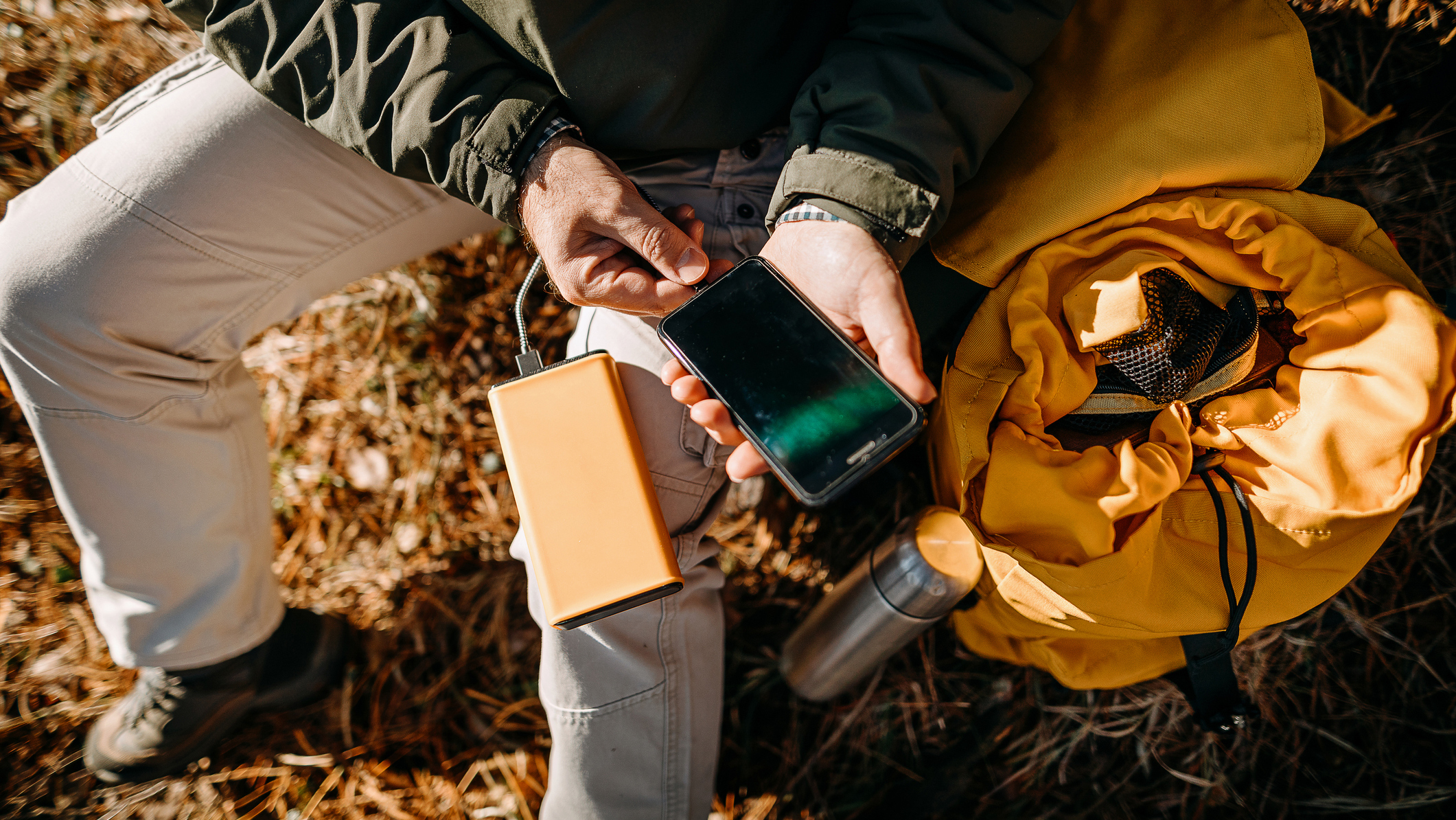
The reasons I’ve given so far are all have the potential to be mission critical. A dead phone and no headlamp after dark could lead to a serious situation. If the adventure you’re on is particularly committing, I’d always recommend prioritizing the energy in your power bank for these more crucial applications.
However, there are other gadgets that may need a bit of juice while you’re out in the backcountry. It can be a real downer to spend the day looking forward to diving into the book you’re enjoying, only to realise your Kindle is out of battery. It may be that you’ve told the kids they can have at least little screen time during your camping vacation – this won’t happen if they forgot to charge their tablet. These days, there are even campsite cooking appliances that can be charged via USB.
5. Keep your inner photographer happy

You might be psyched about filming an exciting ridge traverse only to find your GoPro’s battery is kaput. The moment you spot a golden eagle might have the sheen taken off it by the realisation your expensive camera has ran out of juice. Maybe you’ve been riding your smartphone too hard and the battery indicator is in the red – you’d best not continue taking photos in order to preserve its life.
You get the picture, having a power bank means that you can take as many photos and videos as your memory card will allow.
- The best GPS watches: maps and navigation right on your wrist







